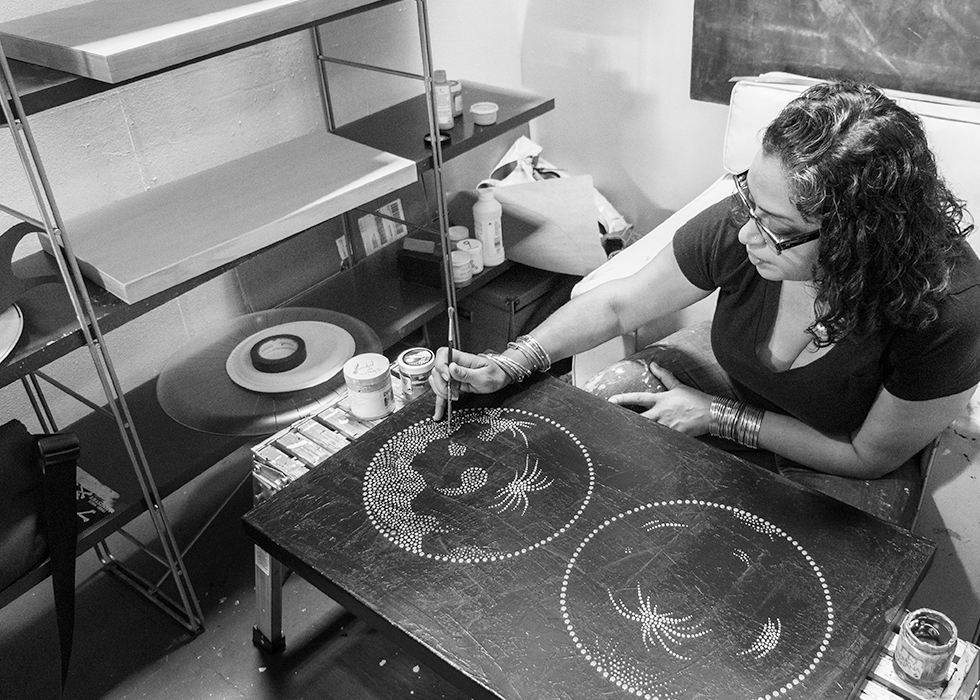Should You Refinance Your HELOC?
If you have equity in your home, you might have taken out a Home Equity Line Of Credit (HELOC) to help pay for emergencies, pay down high-interest debt, or to fund home renovations.
While payments are typically low during the draw period, they can see a significant increase once you enter the repayment phase.
With interest rates at an all-time low, now might seem like the right time to refinance your HELOC, especially if you’re about to enter your repayment phase.
Here we’ll talk about the ways to refinance your HELOC, advantages and disadvantages of the different options, and what you’ll need to start the process.
Ways to refinance
You have options when it comes to refinancing your HELOC. Each approach has advantages and disadvantages.
Learn more about your options to find out which approach best fits your financial needs.
1. Loan modification
If you’re experiencing financial hardship due to unexpected life events, you might want to talk to your lender about modifying your current loan.
The lender might be able to adjust your interest rate, loan period, or monthly payments.
Remember, though, even if you are able to get a lower interest rate, you might wind up paying more in the long run if the loan period is also extended.
2. Get a new HELOC
Taking out a new HELOC will allow you to start a new draw period, keeping your monthly payments low.
Lower payments during this new draw period could give you more time to start saving for when the repayment phase kicks in.
Keep in mind that you’re going to have to enter that repayment phase one day. The longer you put it off, the more interest you’re going to owe and the higher your principal payments will be each month.
If you’re refinancing because you’re worried about repaying your existing HELOC, this might not be the best option for you.
3. Combine your HELOC and mortgage into a new mortgage
With interest rates so low, you could benefit from refinancing your HELOC and current mortgage into a new, fixed-rate mortgage.
If you finance into a 15- or 20- year mortgage, you could potentially reduce your total interest payments.
You should consider the closing costs associated with this approach, though. Combining your HELOC and current mortgage makes the most sense if you plan on staying in the home long enough for the monthly savings to outweigh the costs of refinancing.
What you'll need to refinance
Before you can refinance your HELOC, you’ll need to show that you have the capacity to repay, the collateral to cover your debts, and the credit to qualify for your loan.
Capacity
Capacity is based on your income and overall debts, and shows that you have the ability to repay the loan. This is called your debt-to-income ratio, and guidelines vary across the industry, based on how much risk lenders are willing to take on.
Collateral
Collateral is the amount of equity you have in your home. The amount you can borrow based on this equity varies, though some lenders will allow you to borrow up to 90% of the appraised value.
Credit
Your credit score is a representation of how well you’ve handled and managed your debt in the past. A high credit score means you could qualify for lower interest rates.
FICO® Scores are typically what lenders look at. SF Fire Credit Union members can check their scores for free in Online & Mobile Banking.
Before you refinance
Interest rates are at all-time lows, and this has a lot of people thinking about refinancing their loans, including HELOCs.
If you’re nearing the end of your draw period, and are worried about high payments during your repayment period, refinancing could be a good idea.
You have options when it comes to your HELOC. Each approach has different advantages and disadvantages.
If you’re going to refinance, contact us today to learn more about these different approaches to make sure you pick the one that fits your financial needs.




